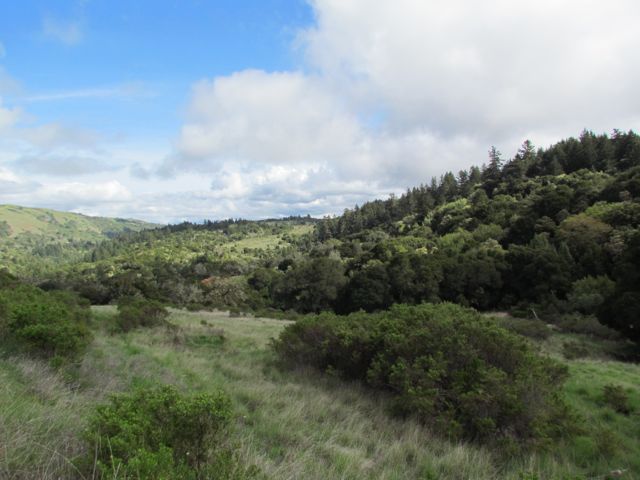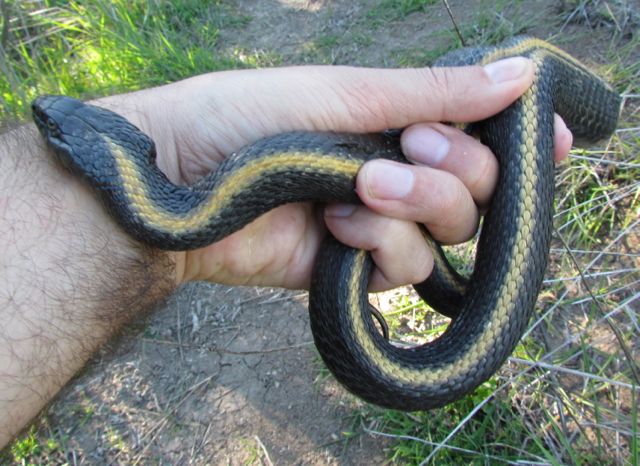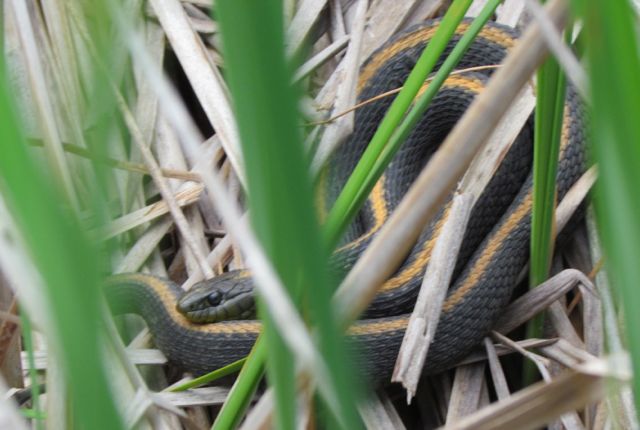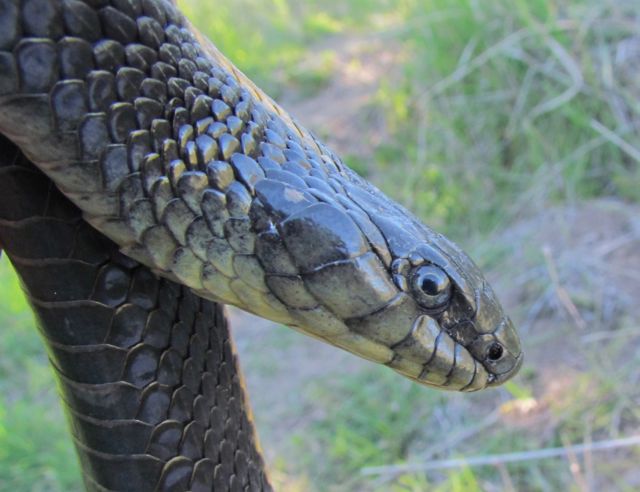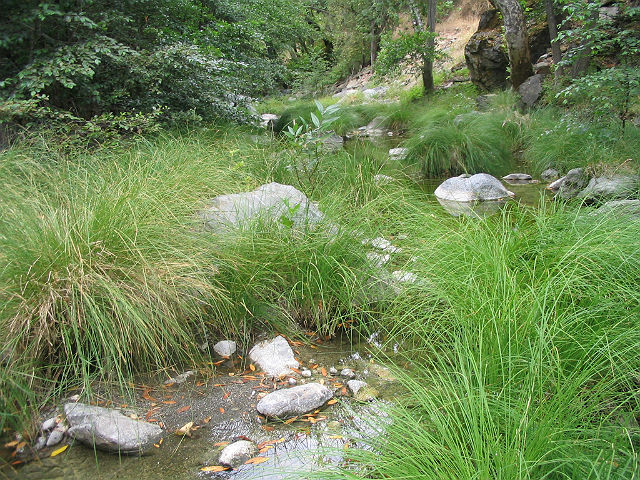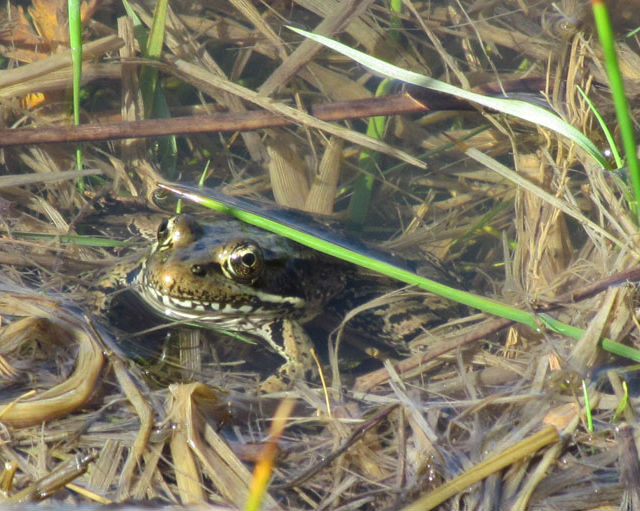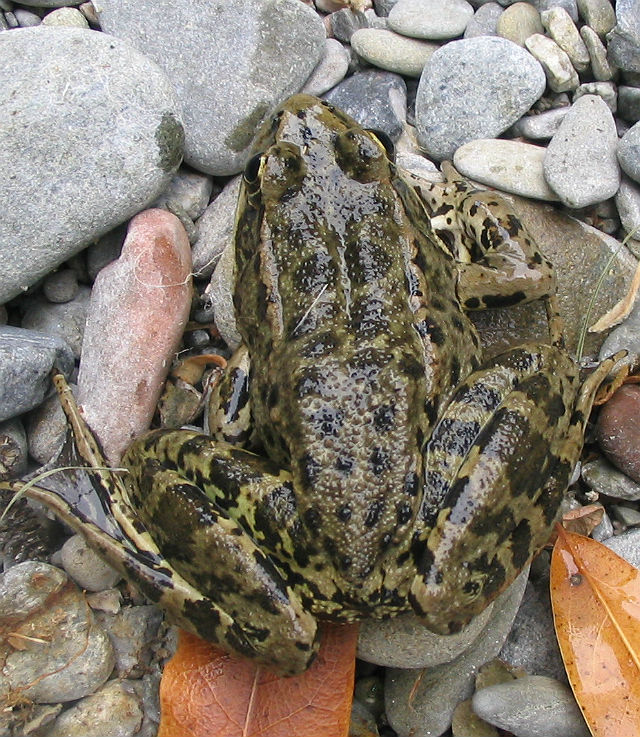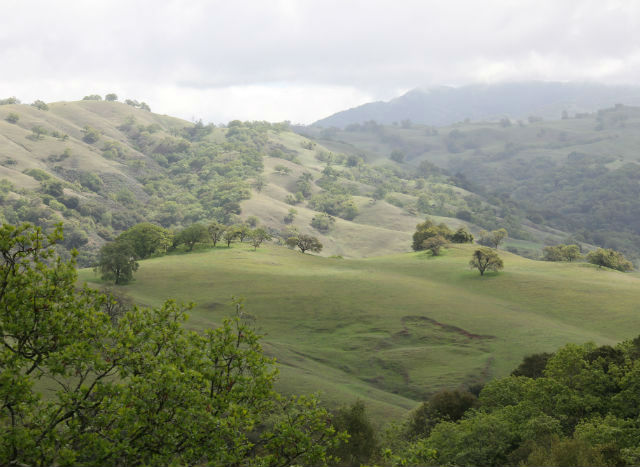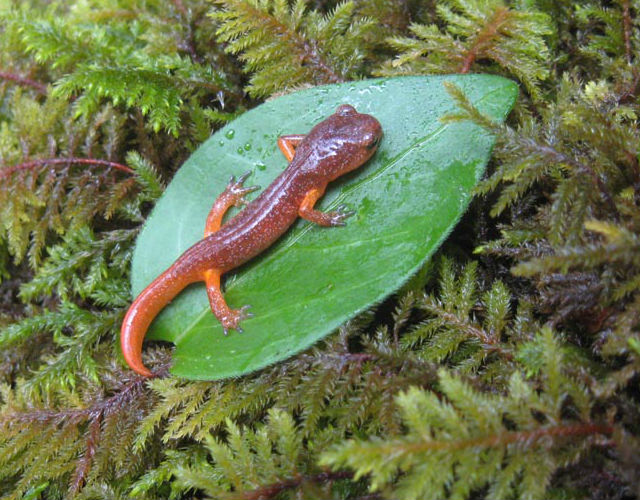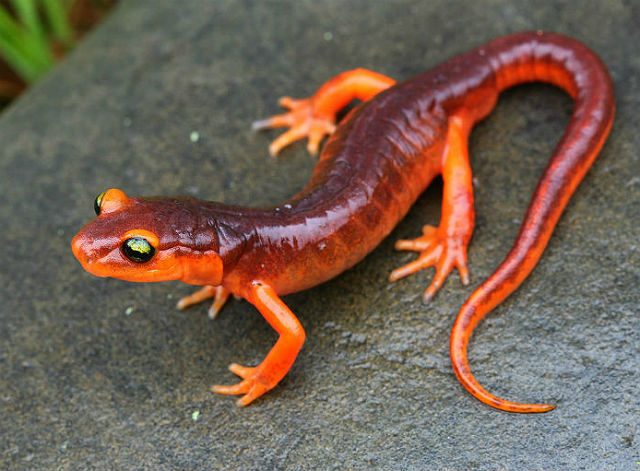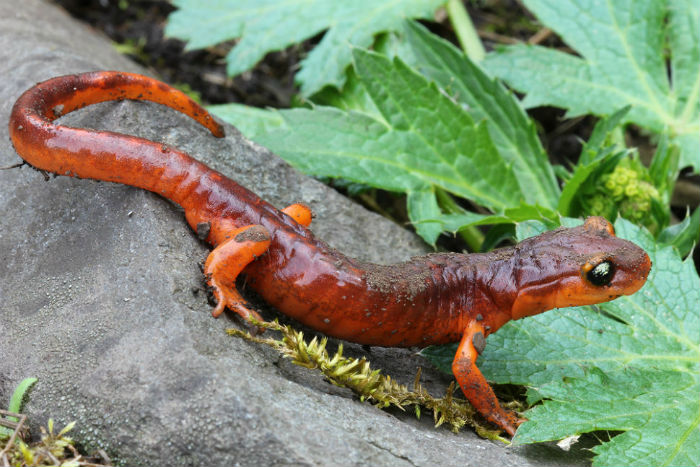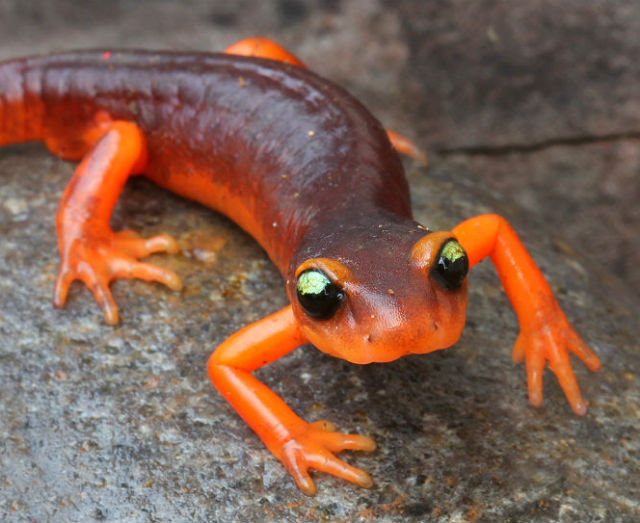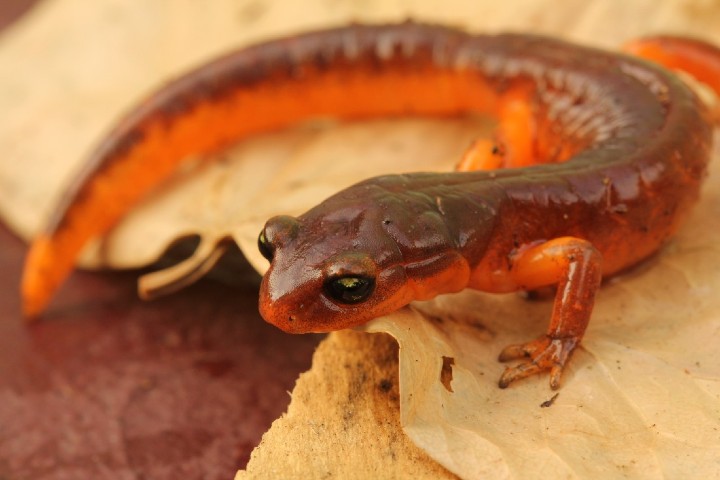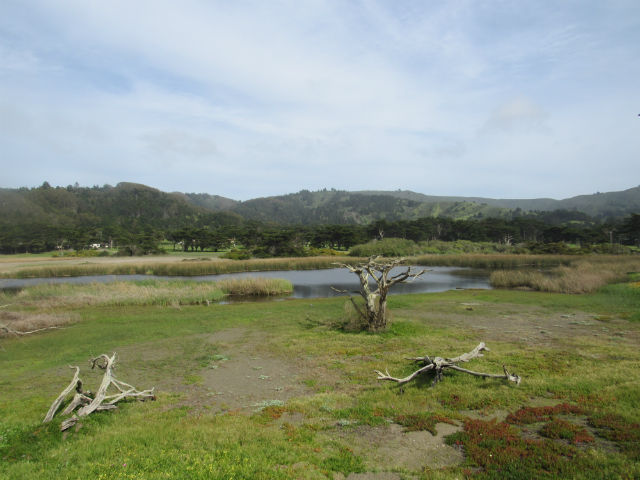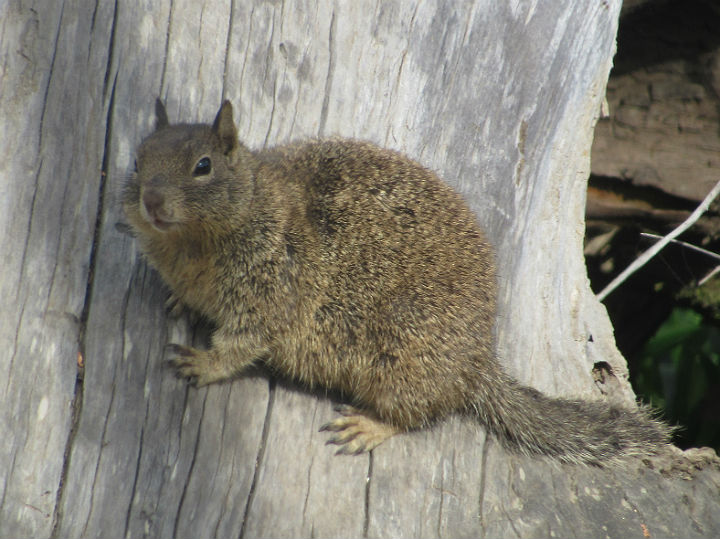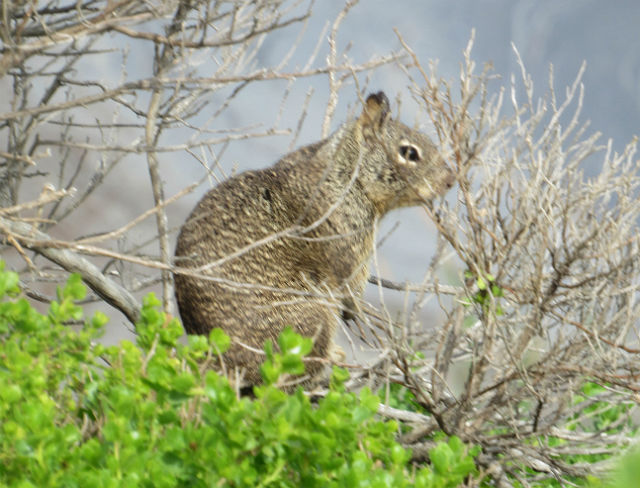Being back in California last month allowed me to see my favorite Garter Snake in the wild. This species fills the niche of a Water Snake in the Golden State; it is often found around ponds and creeks.
The Santa Cruz Garter Snake is only found California and resides in central and southern parts of the state. It has two pattern morphs: one with a single stripe along the back, and a three-striped morph more typical of garter snakes.
Although they are usually less than three feet long, females can be rather stout-bodied. Its bright yellow (or sometimes orange) dorsal stripe creates a striking contrast with its black body color.
This is an active and alert species that will seek the shelter of water and plunge to the bottom of a creek or pond and hide when approached.
It feeds mainly on amphibians including frogs, tadpoles, and aquatic salamander larvae, but small fish are also eaten.
Like all garter snakes, the Santa Cruz bears live offspring. Broods consist of three to 12 young.

